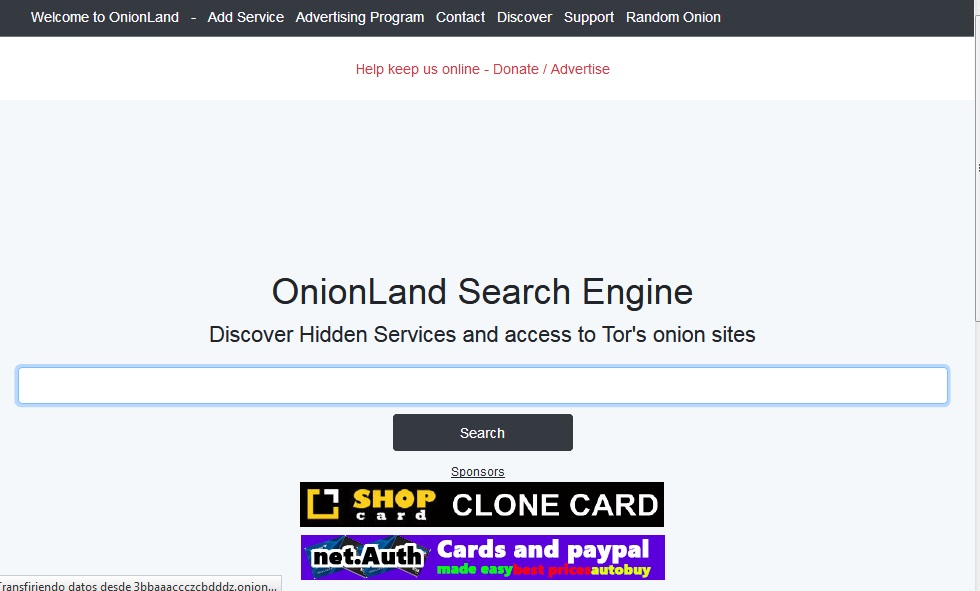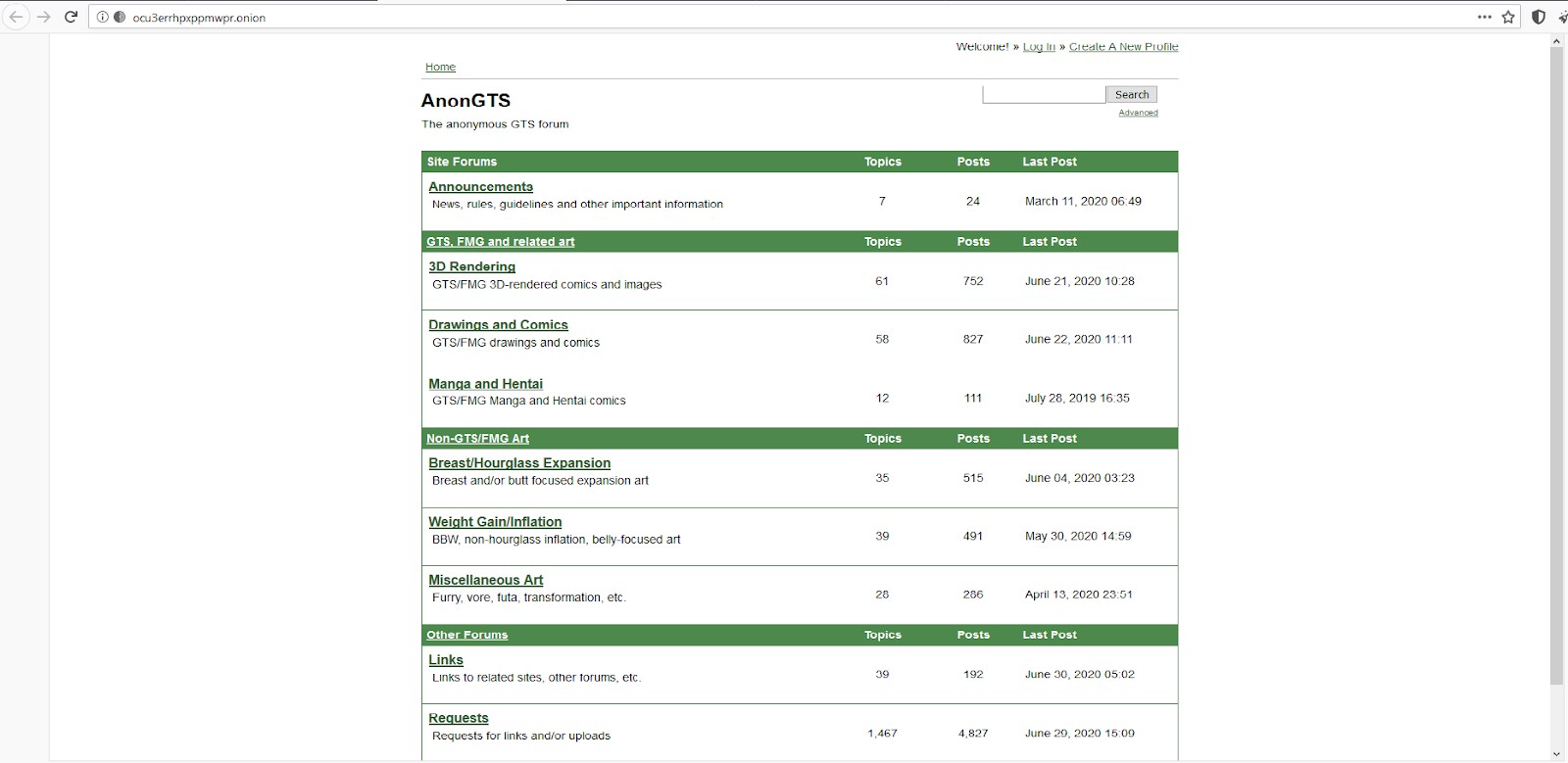


In our case we wanted a string that started with ‘brave’ followed by a number. V3 addresses are a longer, more secure address which will provide stronger cryptography, which we will soon migrate to. onion domains does not exit the Tor network. Onion (v2) addresses are 16 character strings consisting of a-z and 2-7. Mining is the computationally expensive process of creating a private key to prove a claim on an onion address with a desired string. To start the process we ‘mined’ the address using a piece of software called a miner: I chose Scallion due to Linux support and GPU acceleration. We’ll go through the process of creating this setup, which you should be able to use to create your own onion service. This was desired for a few reasons, foremost of which was to be able to reach users who could be in a situation where learning about and retrieving Brave browser is problematic. These services are a way to protect users’ metadata, such as their real location, and enhance the security of our already-encrypted traffic. To continue our support, we wanted to make our website and browser download accessible to Tor users by creating Tor onion services for Brave websites. We are, and always have been, hugely thankful for the work and mission that the Tor team brings to the world.


 0 kommentar(er)
0 kommentar(er)
